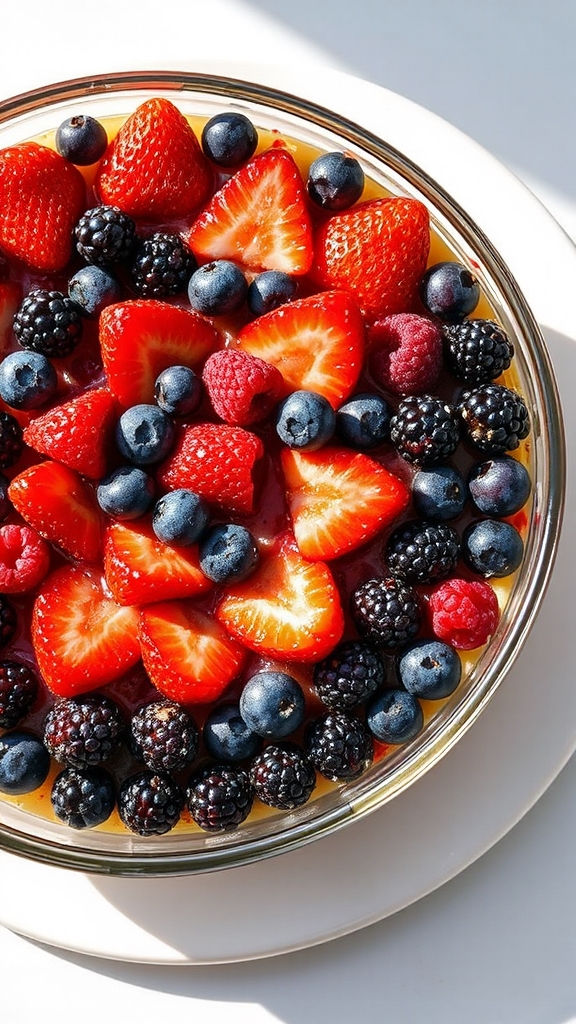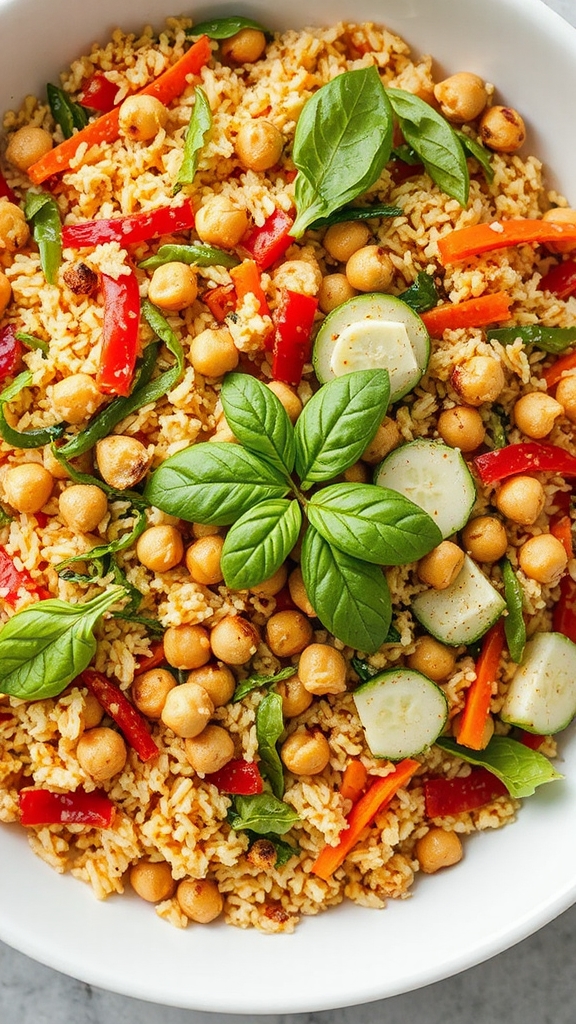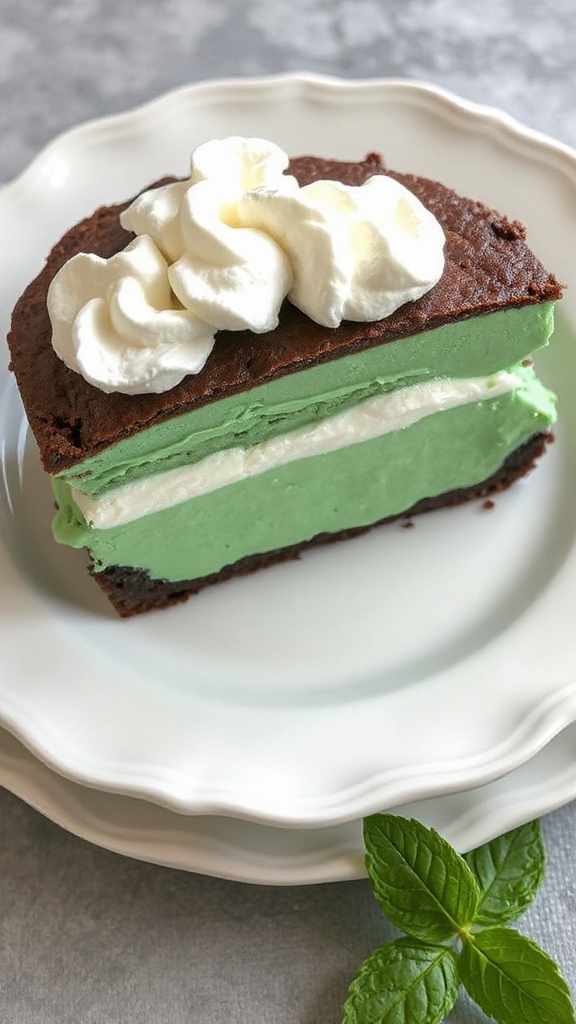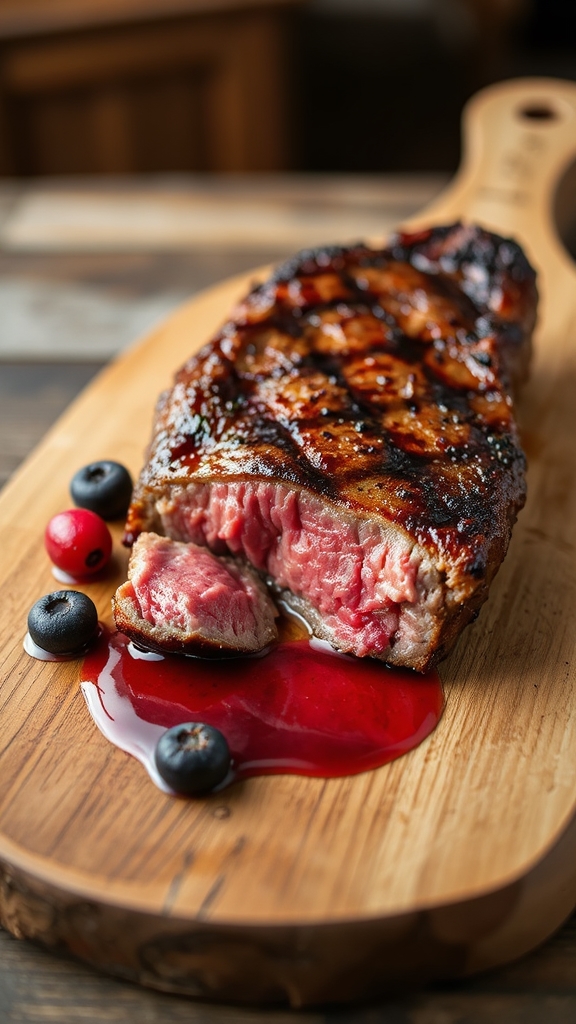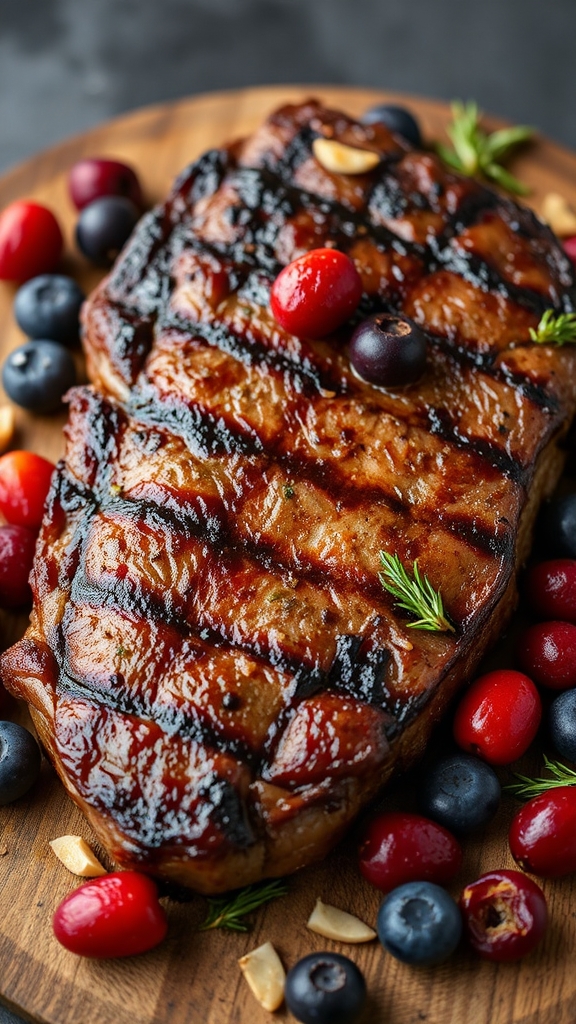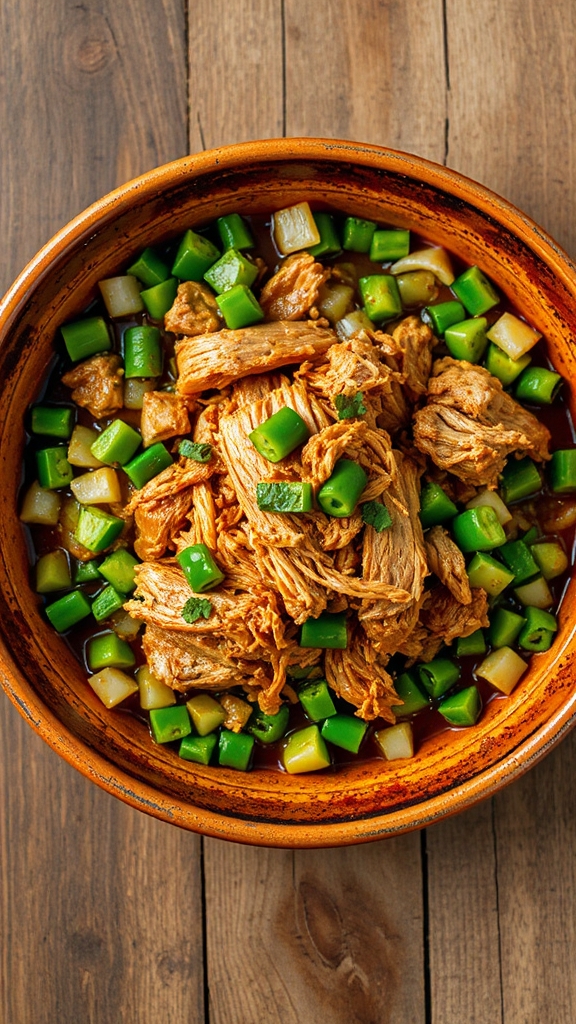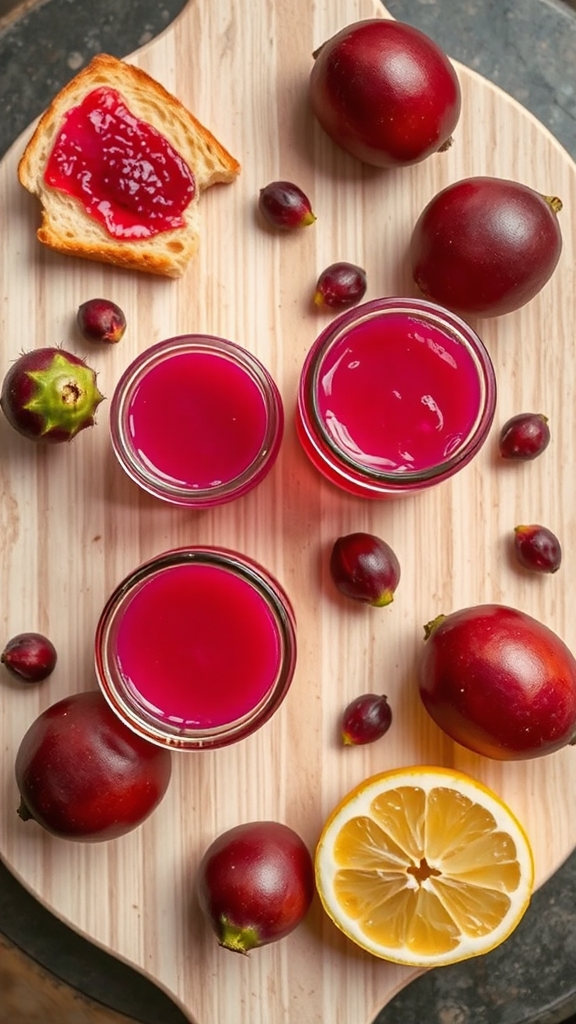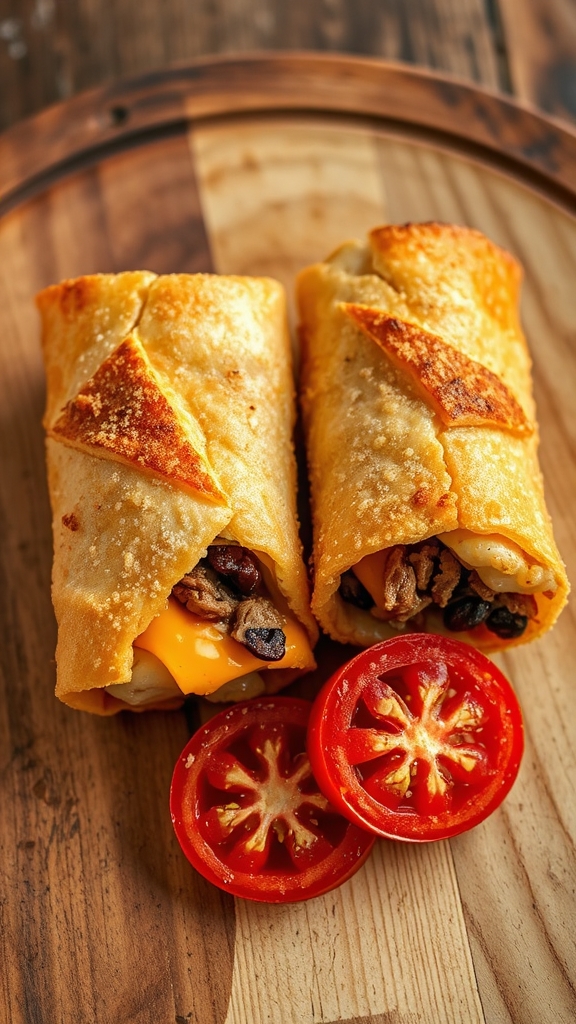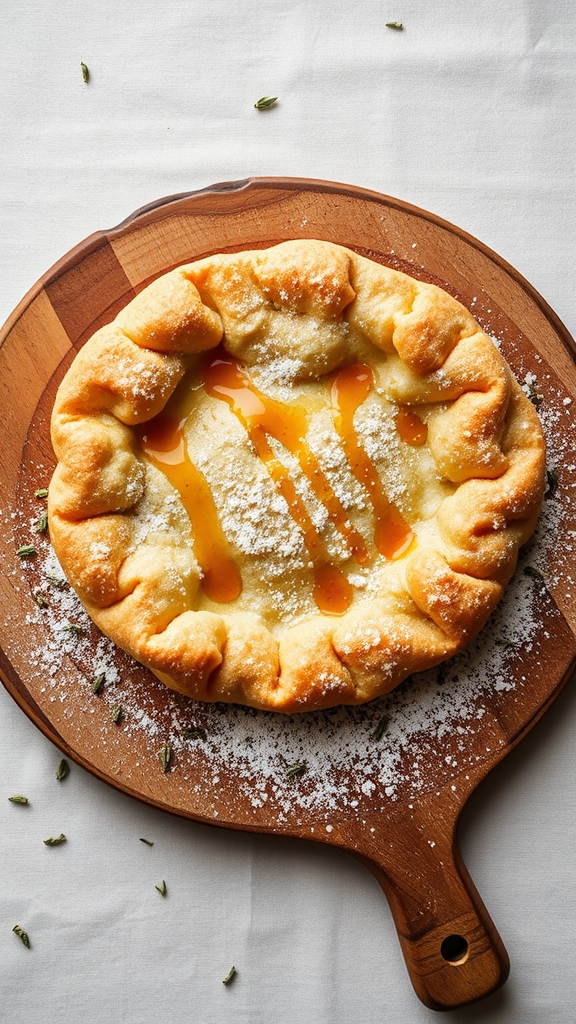Alaska: Caribou Steak (Native Meat Tradition)
Native Alaskan caribou steak tantalizes with gamey-sweet flavors and cultural depth—discover its heritage secrets next.
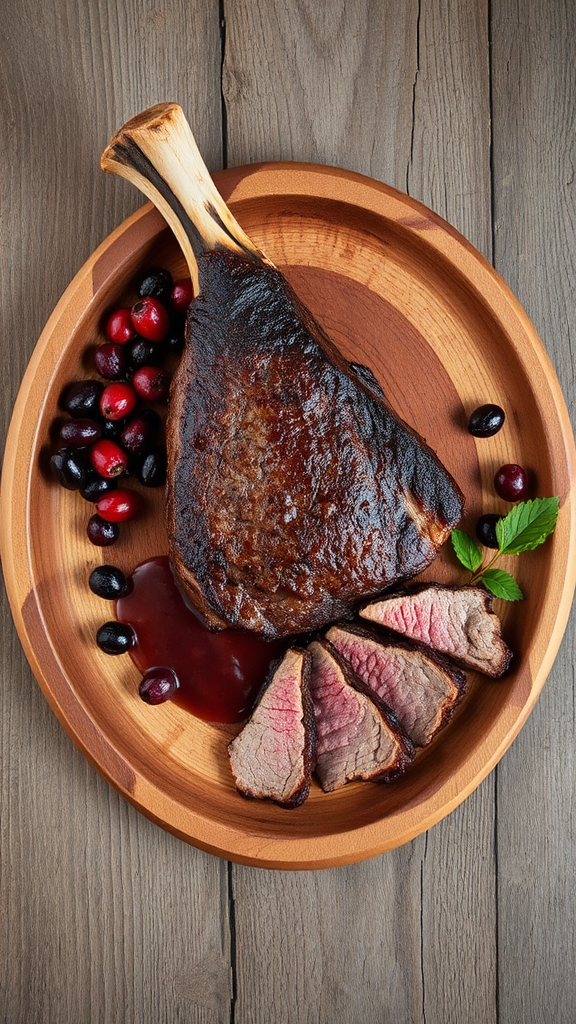
I’m excited to share Alaska’s caribou steak, a cherished Native meat tradition from Inuit, Yupik, and Athabaskan cultures, where it’s hunted and served in seasonal gatherings to honor resilience and the land. It’s made with juicy caribou steaks marinated in wild berries, olive oil, garlic, and fresh herbs for that perfect gamey-sweet balance. Grilling brings out its bold flavors, keeping it moist and true to heritage. If you stick around, you’ll uncover more on history, ingredients, and tips to try it yourself.
History
Caribou steak holds deep roots in Alaska’s indigenous cultures, particularly among the Inuit, Yupik, and Athabaskan peoples, where it originated as a staple subsistence food from hunting caribou herds that have sustained communities for centuries, symbolizing resilience and harmony with the Arctic environment.
Regional variations across Alaska reflect local traditions; for instance, in the Interior, it’s often marinated with wild berries and grilled over open fires, while coastal areas might incorporate smoked preparations, highlighting adaptations to available resources and underscoring the dish’s role in preserving cultural identity.
Traditionally, caribou steak is served during seasonal hunts, community potlatches, or winter festivals, fostering social bonds and honoring ancestral practices in the harsh Alaskan landscape.
Ingredients
- Caribou steaks, about 2 to 4 pieces totaling 3-4 pounds – the heart of this Alaskan adventure, you see, because who wouldn’t want that rich, gamey taste straight from the wild tundra, making your kitchen feel like a frontier camp?
- Fresh wild berries, like a handful of tart cranberries or juicy blueberries, say 1 cup or so – oh, these little gems add a sweet-tangy twist that whispers of Alaska’s forests, don’t they, turning a simple steak into something almost poetic without overcomplicating things?
- A splash of olive oil or maybe that local berry-infused variety, around 2 tablespoons – it’s the unsung hero here, keeping everything moist and flavorful, because let’s face it, dry meat is nobody’s idea of a good time, even on a chilly evening.
- Garlic cloves, minced up to 3 or 4 of them – just enough to give a gentle kick without overwhelming the star of the show, as if you’re whispering secrets to your dinner, making me wonder if I could ever resist that aroma wafting through the air.
- A few sprigs of fresh herbs, such as rosemary or thyme, about 2 tablespoons chopped – these bring a earthy vibe that pairs perfectly with the caribou’s boldness, sort of like old friends reuniting, and hey, who doesn’t appreciate a little greenery in the mix?
- Salt and black pepper, to taste, maybe 1 teaspoon each to start – basics that elevate without stealing the spotlight, because sometimes, as I ponder, the simplest touches are what make a dish sing, even if I’m just imagining the possibilities.
- A dash of apple cider vinegar or lemon juice, around 1 tablespoon – it brightens up the marinade with a subtle zing, you know, like that friend who keeps things lively, preventing the flavors from getting too heavy-handed on your palate.
- Optional smoked elements, like a few wood chips for grilling, if you’re going that route – because, what can I say, adding a smoky layer might just make you feel like a master of the outdoors, even if it’s just in your backyard setup, turning ordinary into extraordinary with a playful nod.
Cooking Steps
Let’s delve into turning those caribou steaks—about 2 to 4 pieces totaling 3-4 pounds—into a mouthwatering meal that captures a bit of Alaska’s wild spirit.
Start by mixing up a simple marinade to bring out the rich, gamey flavors without overwhelming the meat.
You’ll combine 1 cup of fresh wild berries, 2 tablespoons of olive oil, up to 3 or 4 minced garlic cloves, 2 tablespoons of chopped fresh herbs like rosemary or thyme, 1 teaspoon each of salt and black pepper, and 1 tablespoon of apple cider vinegar or lemon juice in a bowl.
This step adds a sweet-tangy brightness that balances the steak’s boldness, making you wonder if you’re channeling a frontier chef with every stir.
Now, for the main event, coat your caribou steaks generously with that marinade and let them sit in the fridge for at least 30 minutes—or up to a couple of hours if you’re feeling patient, because sometimes waiting makes all the difference.
When you’re ready, heat up a grill or a heavy skillet over medium-high heat, and if you’re in the mood for extra flair, toss in those optional wood chips for a smoky twist that hints at campfire tales.
Grill the steaks for about 4-6 minutes per side, depending on thickness, until they reach your preferred doneness—aim for medium-rare to keep things juicy, as overcooking can turn that tender meat into something too tough for comfort.
After cooking, let the steaks rest for a few minutes under loose foil, giving the flavors a chance to settle like an old story coming together.
You might add a sprinkle of extra salt or a handful of those berries on top for a fresh pop, turning this into a dish that’s not just food, but an adventure on a plate—minus the actual wilderness trek, of course, which is probably for the best if you’re as clumsy in the kitchen as I imagine.
Tips and Variations
If you’re working with caribou steak and want to mix things up a bit, consider swapping in bone-in cuts if you can find them, much like how chicken quarters add extra juiciness to a meal, to lock in that wild, gamey essence without drying out the meat.
For variations on the marinade, why not experiment with different berries—think tart huckleberries instead of the usual wild ones—to create a brighter punch that dances on your tongue, or add a splash more vinegar if the steak feels too robust, turning what could be an ordinary dinner into your own clever twist.
And here’s a little tip, if you’re prone to getting distracted like I sometimes am in the kitchen, always taste that marinade first to avoid any surprises, because nothing says “oops” quite like an overly salty bite that leaves you rethinking your next wild adventure.
Tools
| Kitchen Tool | Description |
|---|---|
| Chef’s Knife | For trimming and cutting the caribou steak. |
| Cutting Board | To provide a stable surface for preparing the meat. |
| Mixing Bowl | For combining marinade ingredients. |
| Whisk or Spoon | To mix the marinade thoroughly. |
| Measuring Cups and Spoons | For accurately measuring ingredients like berries, vinegar, or spices. |
| Grill or Cast-Iron Skillet | For cooking the steak to achieve desired doneness. |
| Tongs | For flipping and handling the steak without piercing it. |
| Meat Thermometer | To check the internal temperature for safe and ideal cooking. |
| Marinating Container (e.g., zip-top bag or dish) | For marinating the steak to infuse flavors. |

Hi There! I'm Stephanie Miller: Elementary teacher from Columbus, OH sharing grandma's treasured American recipes! 50 years young, yoga enthusiast & kitchen storyteller. Welcome to my food family! 🍰❤️

